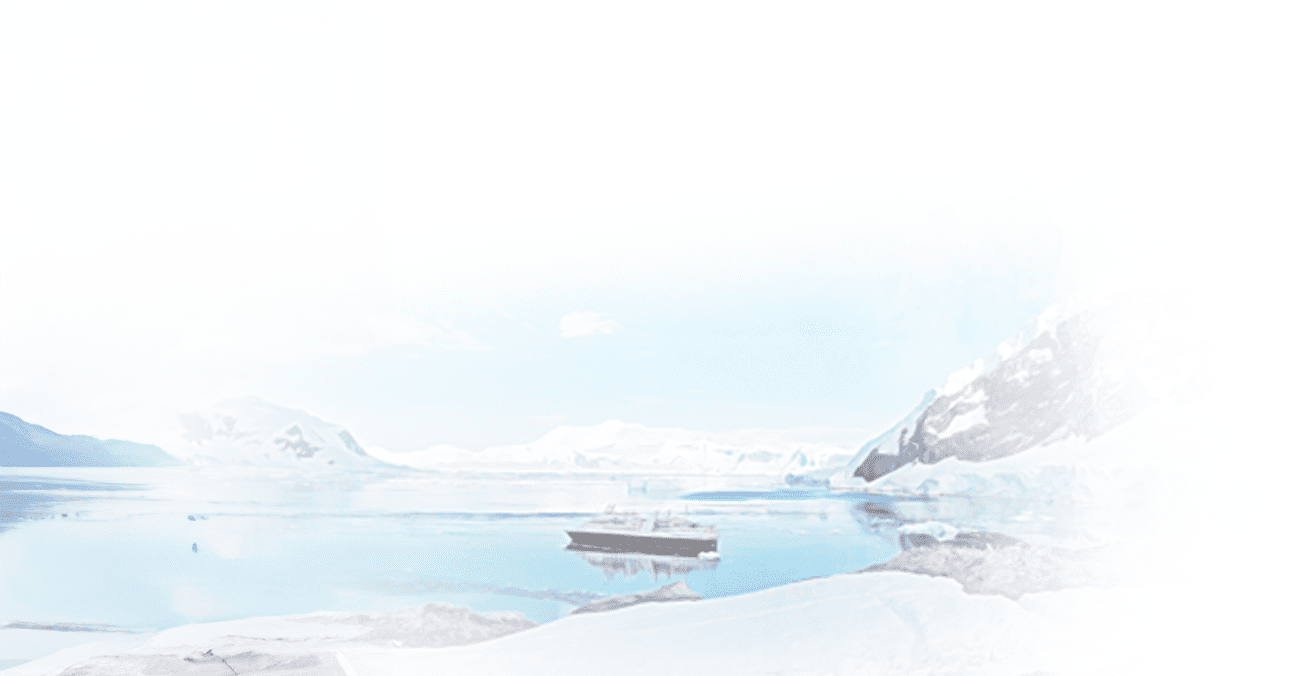Water
Protection of water bodies
GRI 303‑1, 303‑2, 303‑3, 303‑4, 303‑5/ SASB EM‑MM‑140a.2In accordance with its obligations set out in the Environmental and Climate Change Strategy through 2031 and the Position Statement of MMC Norilsk Nickel on Water Stewardship, the Company is committed to sustainable use of water resources and prevention of water pollution. In keeping with this priority, Nornickel:
- withdraws water for production needs and discharges wastewater strictly in line with the pre‑approved limits;
- never withdraws water from protected areas or bodies included in the Ramsar Convention on Wetlands of International Importance;
- consistently ensures compliance with permissible limits;
- improves closed water circuit;
- assesses the quality of water resources;
- installs treatment facilities.
Key principles of Nornickel’s water stewardship:
Making sure that the employees of the production facilities belonging to the Company and its branches comply with the 2021 Position Statement on Water Stewardship at all stages of these facilities’ life cycle
Fostering employee knowledge and skills in responsible water use at our sites and branches, identifying meaningful incentives to stimulate responsible water use
Nornickel's assets are located in regions with sufficient water resources. In 2023, as in previous years, there was no deficit of water resourcesThe methodology to identify water-scarce areas is based on the data of the Aqueduct project of the World Resources Institute and Climate Zoning of the Russian Federation., and sufficient volumes of water were supplied to production sites and local communities.
Nornickel's key production assets have a closed waster circuit to make sure water withdrawal remains fairly low. For its drinking, production and process supply needs, the Group uses water from surface and underground sources, as well as from other entities’ wastewater and natural inflow.
Wastewater discharges into water bodies do not exceed the pre‑approved limits and have no major impact on biodiversity of water bodies and related habitats.
The Company aims to ensure that concentrations of substances in wastewater meet regulatory requirements. All of the Company's divisional programmes provide for appropriate activities to achieve the goals. Wastewater quality is assessed in accredited laboratories from time to time as required by the applicable Russian laws.
Some production and mine wastewater is sent for reuse in industrial processes (to the concentrator).
All utility wastewater outlets are equipped with biological or physicochemical treatment facilities bringing water released into water bodies in line with the applicable water quality standards.
In 2023, total water withdrawal from external sources declined by 10.8% or 38 mcm y‑o‑y following the automation of power consumption metering for commercial purposes, water conservation, and reduction in the volumes of withdrawal of water used for CHP equipment cooling. Natural inflow made 16.3% of 2023 water withdrawal. All of the Company’s facilities using water implement surveillance programmes for water bodies and water protection zones.
GRI 303‑4The Russian laws determine wastewater quality requirements, including process limits and maximum permissible concentrations of substances in water bodies used for fishery or cultural and household purposes. Nornickel’s wastewater discharges into water bodies are predominantly in line with the pre‑approved limits. Effluent discharge in 2023 went down by 12.5% y‑o‑y.
In 2023, pollutants in effluents totalled 157.3 kt, down 25% y‑o‑y. The list of pollutants in effluents is determined based on the applicable processes.
GRI 303‑4Impact of transport on water bodies
GRI 303‑1The Group possesses transportation assets, including water transport, the operation of which impacts the environment. Nornickel’s impact on water bodies was analysed during the Big Scientific Expedition in 2022–2023.
Risks associated with the negative impact of the Company’s transport on water bodies are identified and mitigated within the framework of the environmental risk management system. To respond to such risks, Nornickel implements environmental protection measures and programmes, including those aimed at reducing fuel consumption and preventing contamination of the Dudinka and Yenisey rivers. To compensate for the estimated damage to aquatic biological resources, Nornickel regularly releases juvenile fish.
Yenisey River Shipping Company (YRSC), a member of the Group, is one of the main cargo carriers on the waterways of the Yenisey basin. YRSC pays a lot of attention to the condition and technical support of its fleet, as this is a prerequisite for the compliance with the applicable environmental laws on the prevention of water bodies pollution by vessels.
The company implements environmental protection measures on an annual basis, including those implemented in 2023:
- maintenance and operation of environmental protection vessels;
- monitoring of surface water quality in navigation areas in accordance with the conditions of public health protection;
- operation of vessel systems to prevent pollutants from being released into the water;
- industrial environmental control over the condition of atmospheric air;
- employee training in environmental safety programmes.
The shipping company’s auxiliary fleet provides the vessels with drinking water, and collects and transports pollutants from ships, including rubbish, faecal sewage and bilge water.
